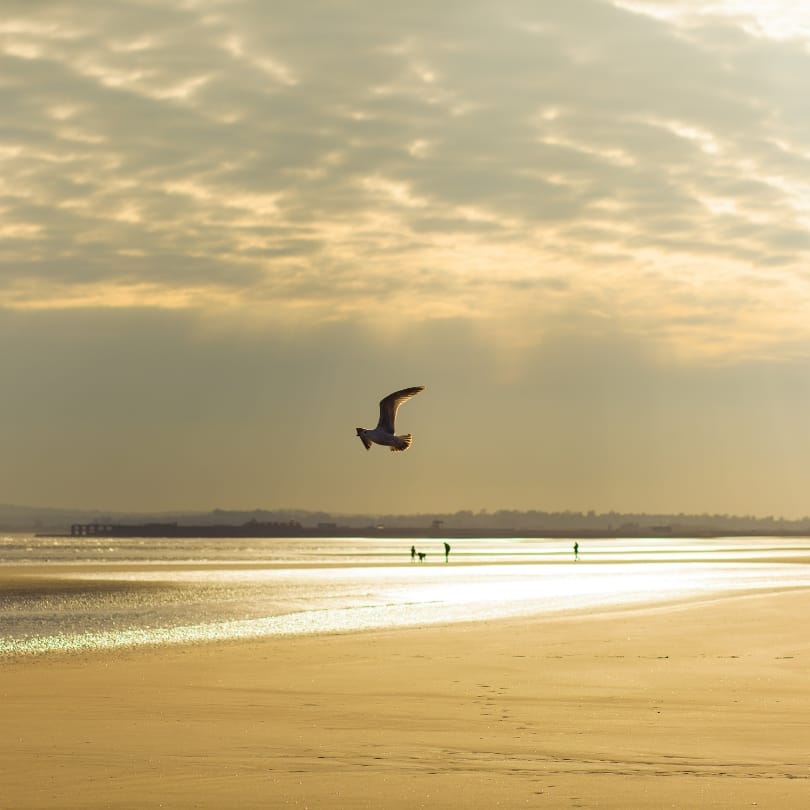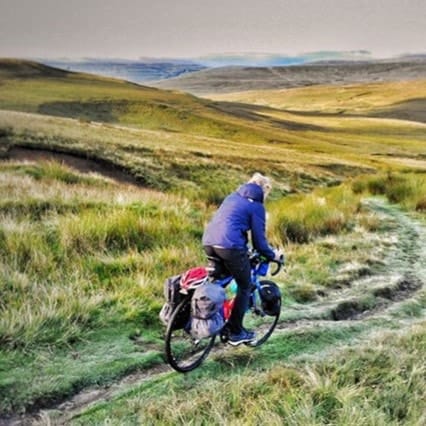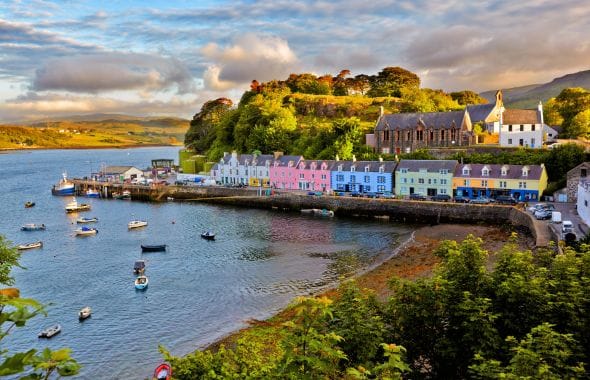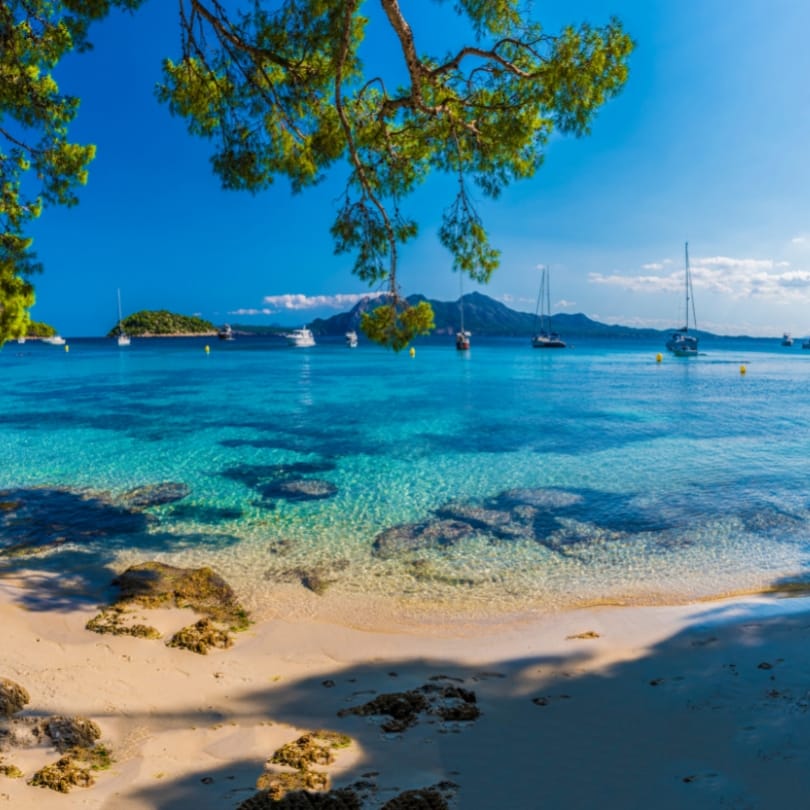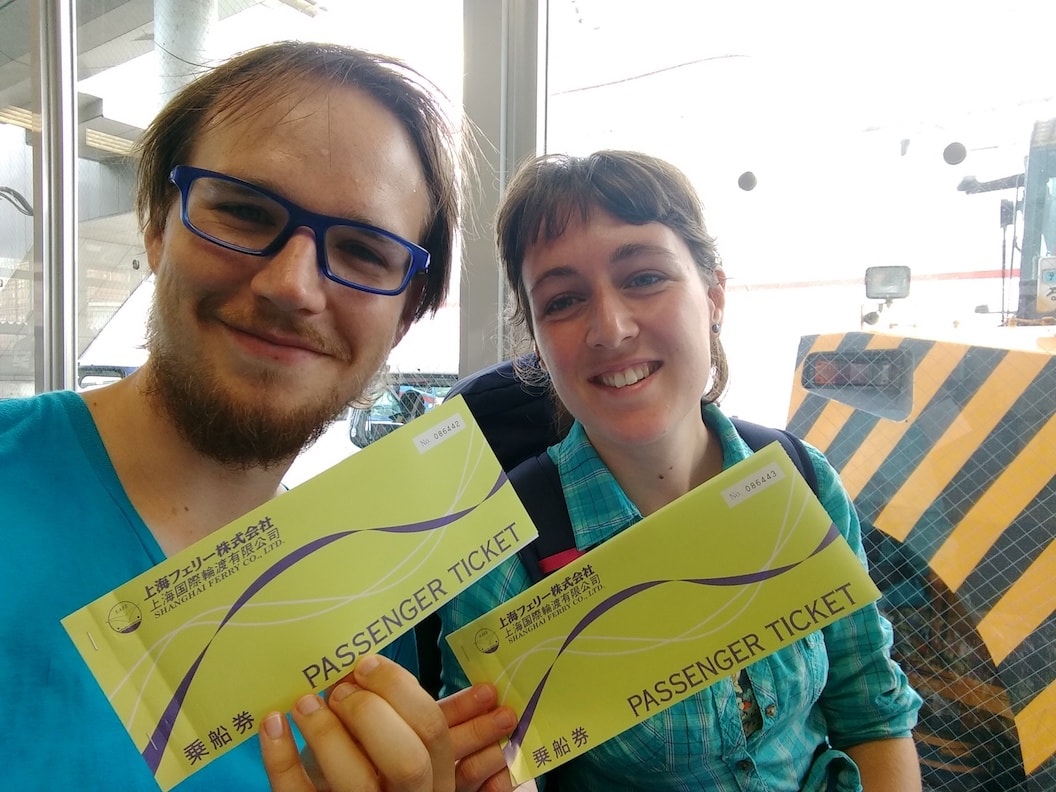
It was past midnight.
A group of 15 or so Japanese twenty-somethings were rushing from one side of the karaoke bar to the other in perfect unison, waving their hands above their heads to the music.
Three middle aged Chinese men at the bar were getting steadily more tipsy as they attempted to sing along and join in the dance. My partner Rosanna and I were trying not to get trampled in the stampede, two western tourists who had found our feet singing Oasis and Beatles songs earlier but were now totally out of our depth.
What made finding our feet even more challenging was that this karaoke bar was on a ferry, between Osaka and Shanghai, a ferry which now takes almost entirely cargo and a handful of foot passengers who decide not to take a (cheaper and faster) flight between the two cities.
All the passengers had their own reasons for taking the ferry, fear of flying and a desire to take a large amount of luggage probably being the most common. For Rosanna and me it was part of a longer trip to travel around the world without taking any flights.
All the passengers had their own reasons for taking the ferry. For Rosanna and me it was part of a longer trip to travel around the world without taking any flights.
What had started as a daydream to visit Japan because of a poster about Onsen etiquette quickly evolved. We had both always wanted to ride the trans-siberian railway, visit China and watch basketball in the USA (ok, that one was just a dream of mine) and when you link all those things together on an atlas it looks like a nice straight route. Reality is a lot more complex than drawing a line on map, but also a lot more entertaining.
This ferry journey really seemed to encapsulate the benefits of avoiding air travel. Travel is about meeting people, and by avoiding flying we met so many random, unique people, and had time to find out their stories. Your fellow travellers are people sharing the experience with you rather than grumpy commuters who just want to be where they’re headed, not squeezed in next to you.
The reason we chose not to fly was because of the environmental impact of flying, and because so often when I talk to people about their choices to fly somewhere they often say, “Yes, but you have to take a plane to get to Japan/America/Vietnam!” The answer to that question is, “No, you don’t,” and now I can prove it!
It takes longer, and it costs more, but that is all part of coming to terms with what sustainable travel means. When we internalise the costs of the emissions we generate, it gives us a much better appreciation of the true impact of moving yourself from one side of the planet to the other.
Not flying takes longer, and costs more, but that is all part of coming to terms with what sustainable travel means.
On the ferry, the accommodation was a shared dorm – just a wide-open shared floor with futons available for anyone. Despite having a capacity of 40, it only had around four people in it, so we all spread out and made the area our home. One of my dorm mates was a chef who had worked in Japan, New York and Paris. His extended separation from Paris (where he learned French) and New York (where he learned English) meant that the line between the two languages had begun to fade, which made speaking to him an interesting process.
He was remarkably honest and forthcoming about why his past relationships had broken down, and quizzed us about what our favourite things about each other were – not a typical conversation to have with a fellow passenger, but he was disarming and charming with it, and when you spend two days rather than a 3-hour flight with someone you really have the time to get to know them. In any case, without befriending him we never would have been invited to the karaoke session!
Two days might sound like a long time but when it becomes part of the holiday it’s a peaceful experience. There is a freedom that comes with slow travel that I enjoy immensely – it’s an excuse to spend hours reading a book or just staring at the ocean.
There is a freedom that comes with slow travel – it’s an excuse to spend hours reading a book or just staring at the ocean.
The end to the voyage was entering Shanghai along the Huangpu River where we were dropped off at the little-used ferry terminal in the heart of the city. The slow procession down the river took us first through the industrial buildings and warehouses of Shanghai's heaving commercial port, then further along the more familiar mirror-and-chrome skyscrapers loom out of the smog.
Around the last curve of the river is the iconic Oriental Pearl TV Tower, recognised by many although most couldn’t place where or what it is. That view from the middle of the river, and the slow unfolding of the city, is one normally reserved for commercial ships or to those on expensive river cruises. We got it as a bonus.
As we said goodbye to our fellow passengers, a plethora of phone numbers and WeChat contacts were passed our way along with offers of help and assistance should we need it during our stay. Our last glimpse of the globetrotting chef was him arguing with two customs officials while a very vocal sniffer dog took an interest in his copious luggage – we left him to it and plunged into Shanghai.

Our onward journey from Shanghai took us deeper into China and then on to Vietnam, all via train and coach before we crossed the Pacific to the USA by cargo ship. Even though our journey included much larger ships and longer voyages, the ferry from Osaka to Shanghai is still memorable for the moments and meetings it facilitated.
It’s still sailing as well, so feel free to buy a ticket – just make sure to visit the karaoke bar!
Read more about Mischa and Rosanna's travels on their blog site, www.myjumbokimono.com
